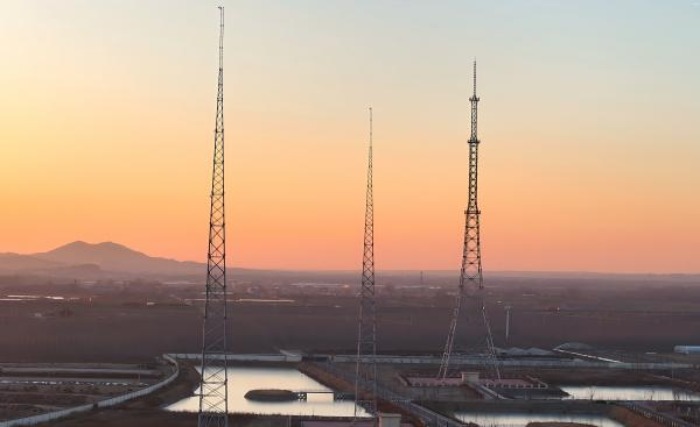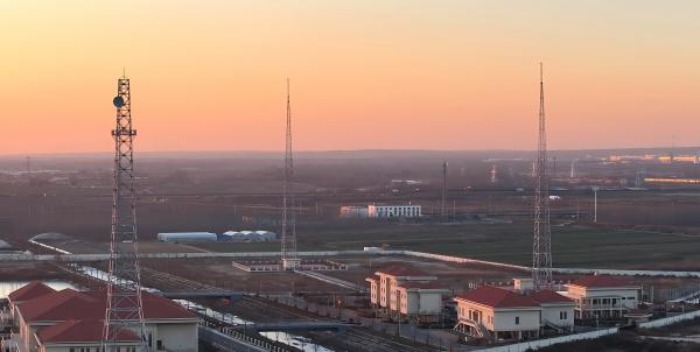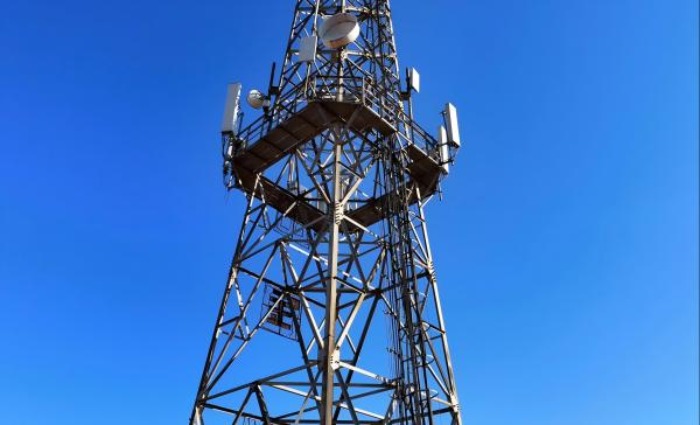What is a 3-Legged or 4-Legged Lattice Telecommunication Tower?
Here's a technical comparison and specification overview of 3-Leg vs. 4-Leg Lattice Telecommunication Towers – the structural workhorses of cellular networks, optimized for stability, payload, and terrain adaptability:
Structural Fundamentals
| Parameter | 3-Leg Lattice Tower | 4-Leg Lattice Tower |
|---|---|---|
| Base Geometry | Triangular | Square/Rectangular |
| Typical Height | 30–80m | 40–120m+ |
| Wind Resistance | 180 km/h (112 mph) | 220 km/h (137 mph) |
| Payload Capacity | 1,500–3,500 kg | 3,000–8,000 kg |
| Foundation Area | 20–40m² | 30–70m² |
| Material Use | 15–30% less steel | Higher redundancy |
Design & Engineering Comparison
1. Structural Mechanics
| Load Handling | 3-Leg | 4-Leg |
|---|---|---|
| Lateral Stability | Moderate (dependent on bracing) | Superior (redundant load paths) |
| Torsional Rigidity | Lower (susceptible to twist) | 40% higher resistance |
| Foundation Pressure | Concentrated at leg points | Evenly distributed |
| Failure Redundancy | Single-point failure critical | Multi-path load distribution |
2. Bracing Systems
3-Leg:
K-bracing or X-bracing
Max unsupported panel height: 6m
4-Leg:
Redundant Warren/Vierendeel trusses
Max unsupported panel height: 8m
3. Terrain Adaptability
| Condition | 3-Leg Suitability | 4-Leg Suitability |
|---|---|---|
| Sloped Ground | Good (Δelev. <1.5m/leg) | Excellent (Δelev. <3m/leg) |
| Soft Soil | Requires pile foundations | Spread footings often adequate |
| Seismic Zones | Limited to Zone 3 (IBC) | Certified for Zone 4 |
| Ice Load Regions | 25mm radial ice max. | 50mm radial ice |

Technical Specifications
Standard 60m Tower Comparison
| Feature | 3-Leg (60m) | 4-Leg (60m) |
|---|---|---|
| Steel Weight | 8–12 tons | 12–18 tons |
| Leg Section | 150mm Ø tubular (ASTM A500) | 200mm Ø tubular (ASTM A572) |
| Bolt Grade | ASTM A325 (M24–M30) | ASTM A490 (M30–M36) |
| Climbing System | External ladder | Internal ladder + platforms |
| Installation Time | 7–10 days | 10–15 days |
Telecom Payload Optimization
| Configuration | 3-Leg Limit | 4-Leg Advantage |
|---|---|---|
| Antenna Quantity | 6–9 sectors + 2 dishes | 12–18 sectors + 4 dishes |
| 5G mMIMO Support | Up to 32T32R | 64T64R + C-RAN hubs |
| Microwave Backhaul | Max 0.6m dishes | 1.2–2.4m dishes |
| Future Expansion | Limited headroom | 20% reserve capacity |
Foundation Requirements
| Type | 3-Leg | 4-Leg |
|---|---|---|
| Soil Bearing | 200 kPa min. | 150 kPa min. |
| Concrete Volume | 15–25m³ | 20–40m³ |
| Anchor Bolts | 3× groups (4 bolts/leg) | 4× groups (4 bolts/leg) |
| Reinforcement | 120 kg/m³ | 150 kg/m³ |

Cost Analysis
| Component | 3-Leg (60m) | 4-Leg (60m) |
|---|---|---|
| Steel Fabrication | $45,000–$75,000 | $70,000–$110,000 |
| Foundation | $25,000–$45,000 | $35,000–$65,000 |
| Installation | $30,000–$50,000 | $45,000–$80,000 |
| Total CAPEX | $100k–$170k | $150k–$255k |
| Lifespan | 25–30 years | 35–40 years |
Deployment Recommendations
| Use Case | Preferred Type | Why? |
|---|---|---|
| Urban Macro Sites | 4-leg | Heavier 5G mMIMO payloads + wind resilience |
| Rural Coverage | 3-leg | Cost efficiency; moderate antenna loads |
| Mountain Peaks | 4-leg | Superior torsional stability |
| Coastal Sites | 4-leg | Corrosion redundancy; high wind survival |
| Temporary Deploys | 3-leg | Faster install/teardown |
Critical Constraints
| Limitation | 3-Leg Mitigation | 4-Leg Mitigation |
|---|---|---|
| High-Wind Sway | Tuned mass dampers | Redundant bracing |
| Ground Settlement | Pile foundations | Grade beams + soil improvement |
| Seismic Motion | Base isolation (Zone 0-3) | Moment-resisting joints |
| Corrosion | HDG + periodic inspection | HDG + cathodic protection |
Innovations
Hybrid Legs:
3-leg towers with 4th stub leg for critical sites
Robotic Assembly:
Autonomous bolting drones (20% faster construction)
Smart Towers:
IoT strain gauges + LiDAR deformation monitoring
Modular Upgrades:
Stackable sections for height increases

Case Study: Philippines Typhoon Zone
Site: 70m tower in Cebu (230 km/h wind zone)
Comparison:
Metric 3-Leg Result 4-Leg Result Wind Sway 1.8° (exceeded 1.5° limit) 0.7° Survival Damaged (Typhoon Rai) Operational Payload Downgraded to 6 antennas Supported 12 antennas Conclusion: 4-leg chosen for all future sites
Standards Compliance
| Standard | 3-Leg | 4-Leg |
|---|---|---|
| Structural | TIA-222-H (Class 3) | TIA-222-H (Class 4) |
| Wind/Ice | ASCE 7-22 (Risk Cat II) | ASCE 7-22 (Risk Cat III) |
| Seismic | IBC 2021 (Zone 0-3) | IBC 2021 (Zone 0-4) |
| Corrosion | ISO 1461 (Class H) | ISO 12944 (C5-M) |
Decision Guidelines
Choose 3-Leg When:
Budget is primary constraint
Wind zones < 150 km/h
Antenna loads ≤ 2,500 kg
Stable bedrock terrain
Choose 4-Leg When:
Hosting massive MIMO 5G/6G
Coastal/typhoon regions
Seismic Zone 3+
Multi-operator (MOCN) shared infrastructure
Learn more at www.alttower.com
.jpg)
.jpg)
评论
发表评论